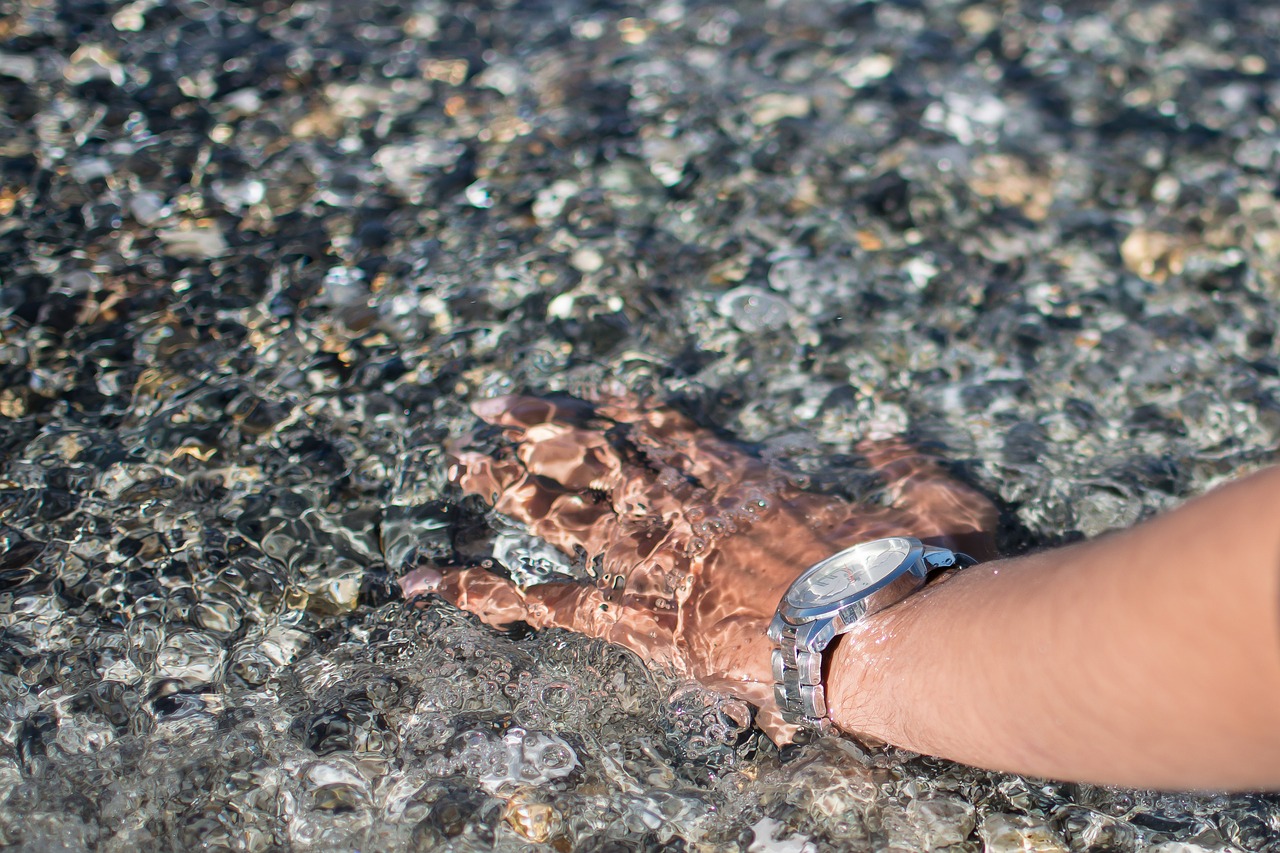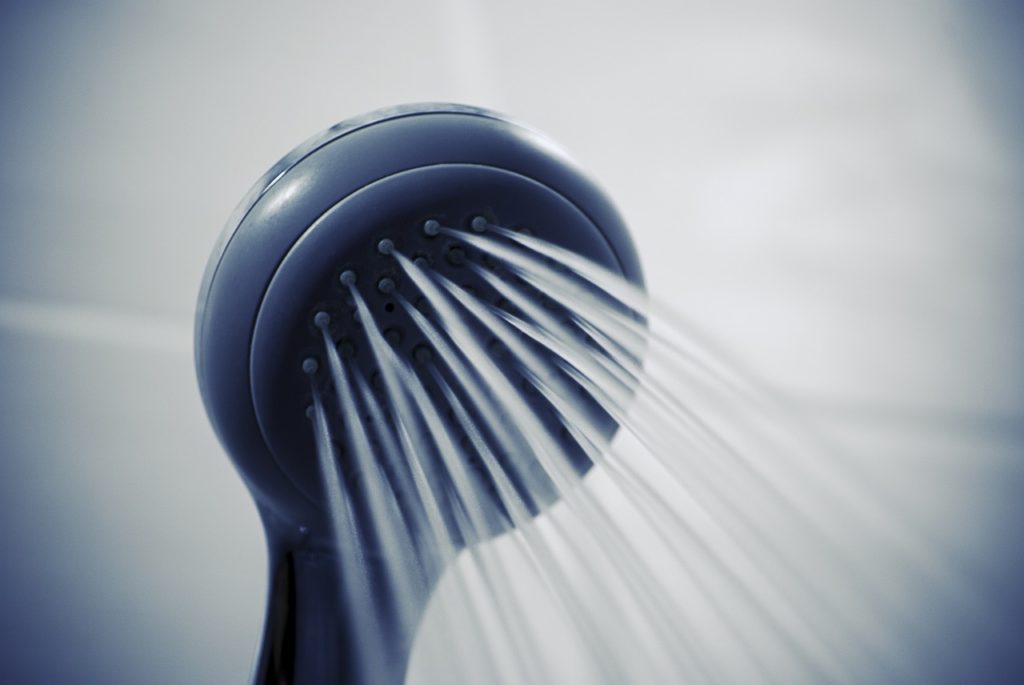
Luxury watches, such as the Hamilton Jazzmaster, are precious things. Not only do they make any outfit stand out, but they can also offer you a great way to break the ice with other watch enthusiasts. In the quest to increase the useful life of your watch, understanding what could damage it is important. Water is at the top of the list of common watch damaging elements.
While some watch manufacturers make their watches water resistant, there is a limit to how much pressure your watch can brave before any damage can occur. In case your watch isn’t stamped as water resistant, keeping it away from water is essential to steer away from costly damage. Understanding the concept of water-resistant could mean saving your watch.
Here’s what you should know:
Water Resistant vs. Waterproof
Most people refer to the ability of a watch to withstand water pressure as being waterproof. However, no watch is ever fully waterproof as there is always a limit to how much a watch can resist water leaks. Under certain conditions, water can still permeate into the watch.
A water-resistant watch, on the other hand, means that the watch is protected against water and humidity. When it comes to swimming, the level of resistance that a watch can have will depend on its water resistance rating.
Mostly, the only thing that stops water from making its way into the interior of your watch is a small gasket at the crown and pusher among other openings. With time, however, this gasket can dry up and lose its elasticity and ability to keep water out. This increases the need to have your watch regularly tested for water resistance.
When Should You Swim With The Watch?
The water resistance ability of watches will mostly be measured through meters or atmospheres. One atmosphere is equal to 10 meters in water depth.
- Watches Rated 30m
Such watches are barely water resistant. You can splash some water on the surface or even wash your hands while wearing it, but dipping it in water will damage it. Keep such watches away from moisture.
- Watches Rated 50m
A watch whose water resistance rating is at 50 meters is more tenacious than the one above. You can at least dip it in some water, but swimming with it is out of bounds. Swimming will typically expose the watch to excessive pressure.
- Watches Rated 100m
When rated at 100m meters, you can swim with your watch as long as you do not surpass the 100m mark. This means that you can’t dive with it, only snorkeling at the surface will be safe.
- Watches Rated 200m
In case you intend to use your watch while diving, this is the right option for you. In fact, some have helium escape valves for better resistance. Such watches can resist deep sea pressure, but their resistance wears away with time. As a result, ensure that you take it for regular testing to ensure it lasts.
Should You Shower With Your Watch?
Showering with your watch can lead to its damage, as noted on Watch Review Blog. Soaps and shampoos tend to be corrosive and can damage the delicate parts of your watch. In case you pour soap or shampoo onto the watch by accident, be sure to wipe and rinse it before leaving it to dry.
Additionally, avoid using your watch in hot water as it changes the structure of the watch, making it easier for water to permeate into it. To be safe, keep your watch away from the shower.
Conclusion
Having the water resistance seal on your watch doesn’t give you the go-ahead to start dipping it in water. It helps to pay attention to its water resistance rating to avoid costly damages. Be sure to consistently have your watch tested for resistance, especially if you expose it to water often.

